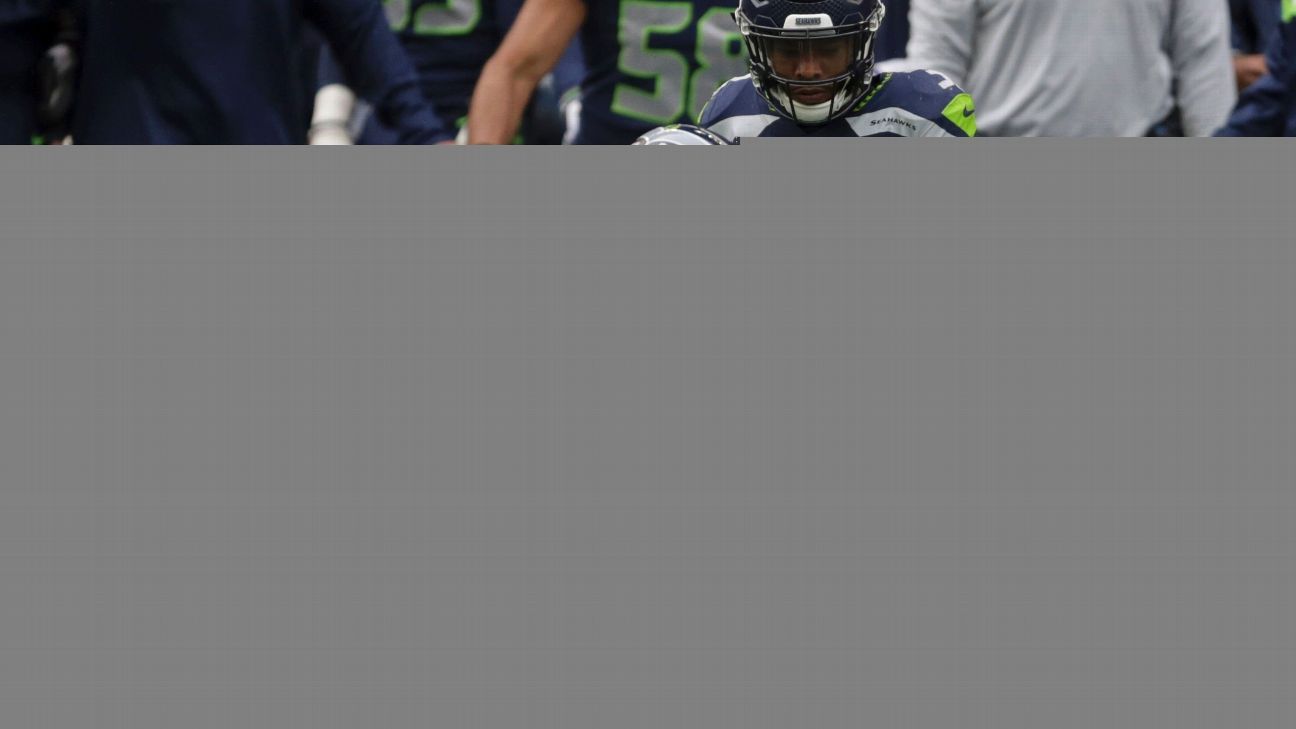The NFL says that the number of concussions in games and practices dropped 23.8 percent in 2018.
According to figures the league released Thursday, there were a combined 214 recorded concussions in 2018, during both the preseason and regular season, compared to a record-high 281 in 2017. League executives said Thursday that they were still analyzing the data but were hopeful that their wide-ranging “call to action,” issued in response to the 2017 numbers, had put the league on a better path regarding one of the most significant challenges the league faces.
“We are pleased with the progress,” said Jeffrey Miller, the NFL’s executive vice president for health and safety initiatives. “It was obviously an advance for the health and safety of our players to see fewer concussions. But it is simply one step in our longer effort to continue to drive down concussion rates.”
There were 538 concussion screenings in 2018. The 214 diagnosed concussions were the second-fewest since the league began releasing its data in 2012, behind the 206 reported in 2014.
The NFL’s concussion reduction strategy, developed in conjunction with the NFL Players Association, included three prongs: intervening in early training camp practices, prohibiting underperforming helmet models and instituting a series of rule changes rooted in biomechanical research.
According to Dr. Allen Sills, the NFL’s chief medical officer, the league targeted seven teams whose 2017 training camp practices had produced a higher level of concussions. The NFL provided each of those seven teams with data on when and how their camp concussions occurred, and also offered mitigation advice. Six of those teams reduced their camp concussion numbers in 2018, and Sills said the approach will be scaled up to all 32 teams in 2019.
But the combined total of training camp and preseason practice concussions across the league remained essentially flat. Most of the 2018 progress can be attributed to a 29 percent drop in concussions during preseason and regular season games.
The new helmet policy, which produced ratings based on performance in independent laboratories, prompted one-third of NFL players to change models for 2018. The percentage of players wearing one of the 17 top-performing helmets rose from 41 percent in 2017 to 74 percent in 2018. Use of helmets that were among the lowest-performing tier dropped from 17 percent to 2 percent; their use will be eliminated entirely in 2019 due to the expiration of a one-year grandfather clause.
The NFL and NFLPA will repeat the tests this spring, incorporating what could be as many as 10 new models expected on the market this year.
Results of two significant rule changes are not yet clear, Miller said. Although the league banned players from lowering their helmets to initiate contact on opponents, officials only rarely enforced the foul. They threw only 28 flags, while the league office distributed 138 additional warning letters. An analysis is underway to determine whether the rule prompted an independent reduction in players lowering their heads, behavior the league believes makes them more susceptible to concussions. Results are expected to be presented at the league’s annual scouting combine, which opens Feb. 26.
The same timetable applies to the kickoff, which the competition committee redesigned after research showed it was five times as likely to cause a concussion in 2017 as running or passing plays. There were no concussions on kickoffs during the preseason, and Miller said he is “optimistic” that it was a safer play during the regular season, but the final analysis is not complete.
“We are excited and grateful for the changes that we’ve seen,” Sills said, “and we feel like this decrease is not a random variance but a reflection that the data-driven approach has made an impact. But this is not a one-year project. It’s an ongoing commitment on our part to drive down injuries, not only concussions but also other parts of the body.”
Indeed, Sills said the league will mirror its concussion reduction plan to address other injuries as well. ACL (57) and MCL (131) injuries remained flat in 2018, and Sills said the league’s goal is to have reduction strategies in place for hamstring, knee, foot and ankle injuries by the end of 2019.
NFL injury data is compiled by Dr. Christina Mack, the director of epidemiology and health outcomes at IQVIA, a data science company.

